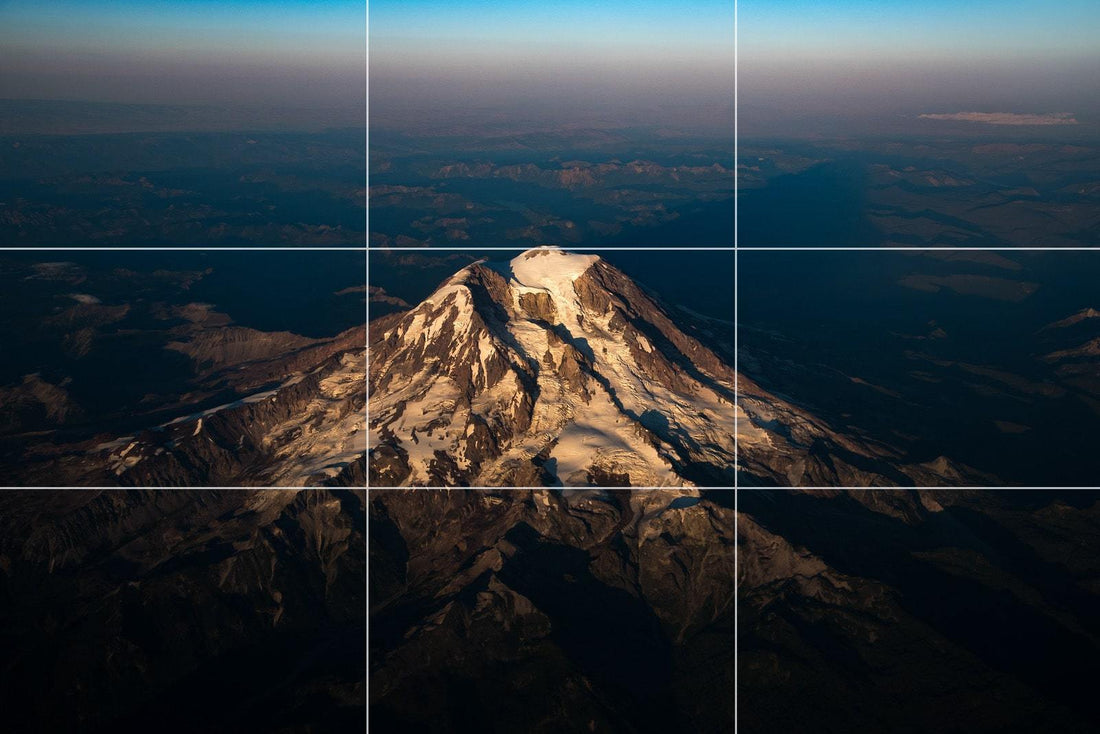
The Rule of Thirds in Photography
Share
Composing a photograph has a lot of variables and room for error — where should you place the subjects in the frame? How much of the subject should we see? How much of the frame should they fill?
That’s where the rule of thirds photography principle comes in, and understanding this composition technique will instantly make your photos more dynamic.
In our guide, we'll cover the basics of shot composition, framing, visualization, and even some advanced rule of thirds examples.
By the end of this, you'll be ready to take your camera into the field and take some exciting shots using the rule of thirds.
Let's get started!
But first...
What is the Rule of Thirds in Photography?
The rule of thirds photography principle is based on creating a visual conversation between the subject and background — and when done right, it can make your shots more visually dynamic. The basic rule of thirds photography definition is a segmentation of your shot into three rows and three columns. This creates a grid with nine separate squares, like this:

Now your composition is organized into both vertical and horizontal thirds. The lines across the image create four distinct intersections, such as what you see here.

The intersections are important, as they are often where you'll place your focal point, such as the woman's face in the above photo.
Why is the rule of thirds such a common technique used by professional and amateur photographers alike?
Humans don't like to immediately engage with the dead center of a work of art (unless you’re Wes Anderson). Rather, we like to take a visual path that allows us to take in the background and foreground at once. We want to know where the subject is positioned in its environment, as it gives us spatial context for a more complete picture.
A little confused?
Don’t worry.
Now that we’ve covered the rule of thirds photography meaning, let’s learn to harness the power of the rule of thirds below. And there’ll be many more rule of thirds photography examples to come!
How to Use Rule of Thirds in Photography
The rule of thirds is easy to use. Simply picture the image of whatever you see through the lens split into nine boxes of the same size. Like this:

Some cameras may even include a rule of thirds photography grid setting on the viewfinder. If not, no worries. With a little practice and experience, you’ll develop these instincts quickly enough.
Position your subject so that it rests along an intersection of the vertical and horizontal lines or in one of the boxes. That way, when you click, the subject will be central to the image without always occupying the dead-center line. This creates a nice balance of negative space at the sides of the frame.

But how do you know which vertical line to place the subject on?
With human and animal subjects, this is easy. You'll want your subject facing the negative space. In other words, if they're facing to the left, you'll place them on the rightmost vertical line. Like this:

This creates a sense of movement and engagement with the subject. They are looking into the frame, not away from the frame. As the viewer, you feel as if you are standing with them, facing where they're facing, looking where they're looking.
As an experiment, try to imagine the following picture where the dog is placed along the leftmost vertical line instead of the right.

Would you be as equally engaged with both the subject and background? Would you feel like you’re visually “in conversation” with the subject?
My guess is no.
Keep in mind that the eyes of your subject are often the best feature to place in the intersection. This creates a simulation of eye contact, leading to an intimacy between your viewer and your photo. This can be especially effective if your subject is looking into the camera, like this photo:

Let's look at some more rule of thirds photography examples to determine the best placement of our subjects. In the following picture, the surfer is clearly the focal point:

Why did the photographer choose to place them in the bottom-right intersection?
By doing so, the photographer is able to use the rule of thirds a second time in the same photo, with the horizon line. Always consider other visually stimulating objects in your frame, even if they aren't your main subject.
Negative space is also a powerful tool in rule of thirds photography. It can create contrast, and thus, greater emphasis on your subject. Check out this beautiful photograph of a small bird:

By placing the subject inside the bottom-left intersection, it evokes a sense of vastness in both the orange sky and empty landscape to its left. Visually, the subject becomes more stimulating when juxtaposed with an effective and purposeful use of negative space.
What if there is no clear subject, such as what might be the case in a landscape photograph?
In such instances, your focal point is often the horizon--the point in which the sky meets the land. Depending on which aspect of the horizon you'd like to emphasize, you may wish to place the horizon on the lower horizontal line, or the upper.
In this photo, the photographer wanted to emphasize the reflective quality of the water. Hence, they've framed the horizon on the upper horizontal line:

However, in this photo, the colorful and textured sky is the emphasis, and the horizon is framed in the lower horizontal line.

Proper use of the rule of thirds is often dependent on your subject and its relationship to its background. Keep this in mind when experimenting!
Next, let's look at some situations where the rule of thirds photography principle may not apply.
How to Break the Rule of Thirds
The rule of thirds photography principle is a tool. As such, it may occasionally be appropriate to discard in favor of another conflicting technique.Let's look at some examples where you'll want to break the rule of thirds.
Almost by definition, the rule of thirds photography principle is antithetical to symmetry. As an artist, you may occasionally want to capture a perfectly symmetrical image, such as what we see below:

Despite not adhering strictly to the rule of thirds, this is still a beautiful photograph, mainly because of its sense of visual balance.
Sometimes, you may want your subject to completely dominate the frame. A strong relationship between the subject and background may not be what you're going for at all. Take a look at this gorgeous portrait by Coco Amerdeil:

By not adhering to the rule of thirds photography principle, the viewer is encouraged to focus on all the intricacies within the subject's face, not the background. This creates an intimacy the rule of thirds would not allow.
As with any other art form, true innovation has as much to do with breaking norms as it does with mastering them. As always, practice and experience are essential to developing intuitions for when to use the rule of thirds and when to break them.

Now that we know how to use (and break) the rule of thirds, how can we elevate our shots even further?
These techniques should help.
5 Rule of Thirds Photography Tips
1. Horizon Position
Remember, with landscape photography, the horizon can sometimes act as your subject. As such, consider using the rule of thirds to position the horizon line.
You’ll want to use the horizontal lines across your “grid” in order to position where the sky meets the landscape. Check out this example where the horizon is placed on the lower line:

As we stated above, when determining the horizontal line in which to place the landscape, ask yourself which is more visually interesting--the sky or the landscape? If the sky is more interesting, place it on the lower line, thus giving more space to the sky. And vice versa.
2. Off-Center
In general, the rule of thirds often ask you to place your photograph’s subject off-center. This can create a sense of movement in your subject, such as this photograph where the subject is walking through an outdoor corridor:

To achieve this, simply place your subject on the along one of the vertical lines across your rule of thirds grid.
3. Negative Space
Allowing for negative space can create a beautiful visual contrast in your photos. The rule of thirds is a powerful technique that can accentuate this.
Photographs with lots of negative space create emphasis on your subject, so placement is key. Check out this photo which beautifully places the subject among the beach scenery:

With the rule of thirds, you’ll always know a good place to frame your subject in relation to its background.
4. Creating Movement
As we’ve established before, the rule of thirds is a great technique for creating a sense of visual movement. When photographing athletes or other subjects in motion, it’s important to capture that sense of momentum in your photograph.
If your subject is moving, place them on the vertical line opposite where they are facing, like this:

With this technique, we see the subject as well as where they’re going. The viewer will feel as if they’re following them.
5. Symmetry
Although most photos taken using the rule of thirds will be asymmetrical, a beautiful symmetrical shot can easily be achieved using this technique.
Look at how the artist places the horizon along the lower horizontal line, with the two lanterns placed in the upper intersections:

The result is an eye-catching, symmetrical photo. Although the subject (the castle) is placed in the center, this photographer perfectly utilizes the rule of thirds for other elements presented. This is a good example of how to bend the rules slightly while still achieving an amazing result.
Photography Composition Rules to Try Right Now
That concludes our overview of the rule of thirds. We hope this has been helpful in furthering your artistic journey, and that the rule of thirds now feels familiar. Be sure to take your skills out into the world. Remember: practice makes perfect!
Have a favorite photo that you’ve taken with the rule of thirds in mind? Describe or post it below. We’d love to see your ideas.
Mastered the rule of thirds but don’t know where to go from here? Don’t fret! We’re here to help with a whole handy series on other photography techniques and some tips and tricks on how to master them. Check out another one below!
Can’t get enough tips about composition? Then you’ll love our article that goes beyond the Rule of Thirds to explain a bunch of composition rules to master (and learn to break!)





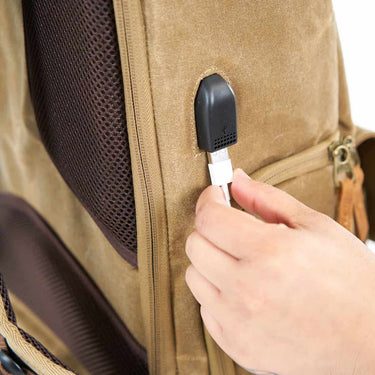
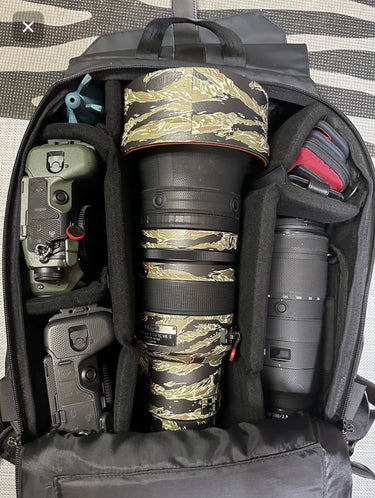




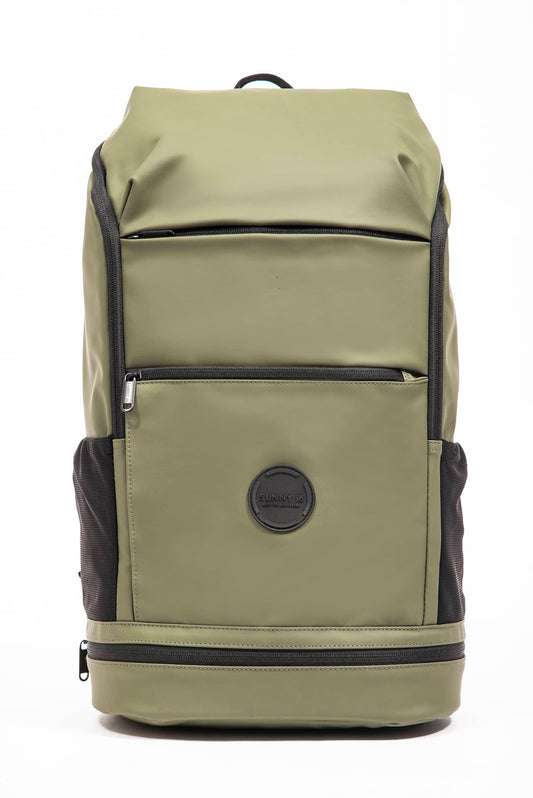


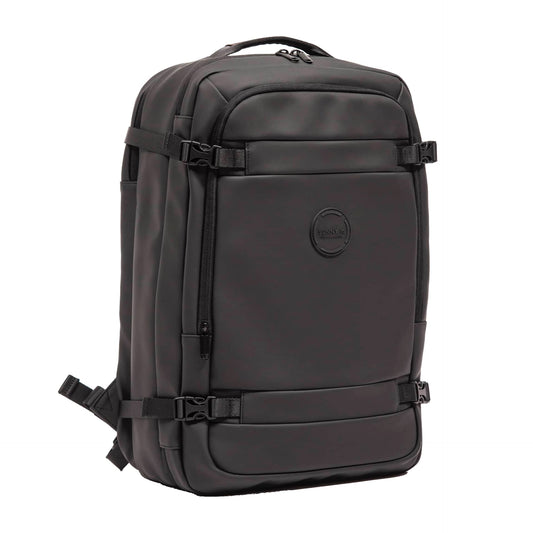


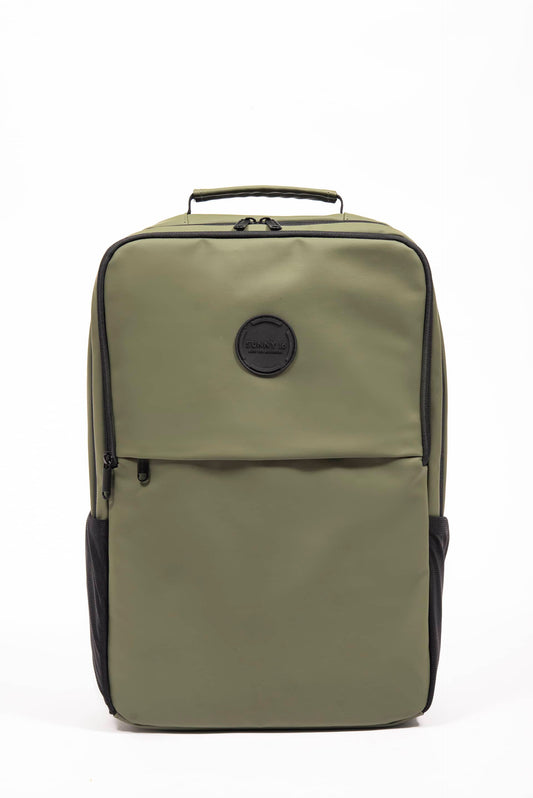










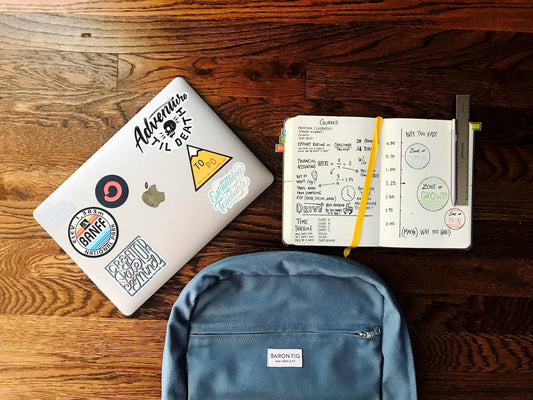

1 comment
Two of the images in this article have been stolen from my website and you haven’t even attempted to credit me. I have screenshot the article for proof. You have 48 hours to remove all images stolen from me. If you do not remove the images I will begin proceedings against you.